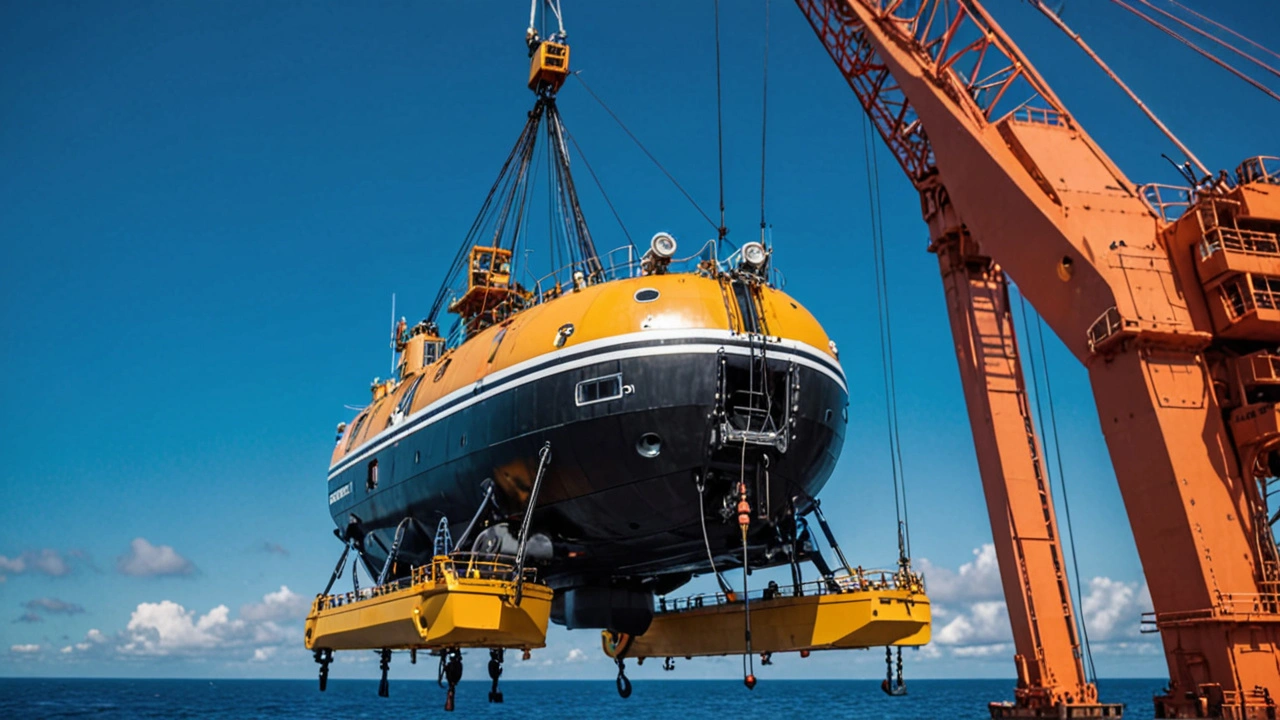Titanic expedition: what to know about visiting the wreck and recent dives
More than a century after the Titanic sank, expeditions still go to the wreck about 3,800 metres down. The ship lies roughly 370 nautical miles off Newfoundland and was found in 1985 by Dr Robert Ballard. Since then scientists, film crews and private companies have returned to map the site, study how the ship is breaking down, and recover a limited number of artefacts for museums. The 2023 Titan submersible disaster changed views, raising questions about safety and who should be allowed to visit.
What a Titanic dive actually involves
Dives use remotely operated vehicles (ROVs), autonomous underwater vehicles (AUVs) or manned submersibles. ROVs are tethered robots controlled from a surface ship; they’re the safest and most common tool for detailed surveys and sampling. AUVs map large areas without a tether and build high-resolution 3D images. Manned submersibles let people see the wreck in person, but they operate under tighter limits and higher risk because of depth, pressure and limited emergency options. A typical mission means several hours descending and ascending and only a short time near the wreck to avoid disturbing fragile metal and sediment.
At the site you’ll see two main sections: the bow and the stern, separated by a wide debris field strewn with boilers, coal, dishes and personal items. Rusticles—orange-brown growths formed by bacteria—eat away at the hull, and scientists track these to estimate how long key features will remain. That work requires careful sampling and long-term monitoring rather than flashy recoveries.
Costs, safety and ethics
Passenger seats on private manned dives have cost six figures; research cruises and ROV work are less costly but still expensive. If you consider a trip, ask operators for maintenance logs, third-party inspections, crew experience and recovery plans. Request details on life-support systems, communication links and last emergency drills. Specialist dive insurance and medical clearance are common requirements. Choose operators with transparent records rather than marketing hype.
There’s also a serious ethics debate. Many historians and relatives call the wreck a maritime grave that deserves protection. Legal fights over artefact recovery have shaped current rules: courts have allowed limited recoveries under strict conservation standards, and museums display conserved items to tell the story respectfully. Scientists prefer non-intrusive study and open data, so you’ll often see public mosaics and streamed ROV footage rather than souvenir hunts.
Not ready to go down? Visit museums such as Titanic Belfast or exhibitions that loan conserved items from legal recoveries. Watch high-quality documentaries and follow research groups like Woods Hole Oceanographic Institution or NOAA for updates and published papers. If you cover this topic, check peer-reviewed journals like Deep Sea Research and look for primary expedition reports to avoid repetition of myths.
Respect the site. Whether you’re booking a trip or simply following the news, prioritise safety, verified science and respect for the people who lost their lives. That keeps the Titanic story both alive and handled responsibly for future generations.
Memorial to be Held for Titan Victims by New Titanic Expedition Crew
A year after the tragic Titan submersible disaster during an expedition to the Titanic wreck site, a new crew plans to hold a memorial for the five victims. The ill-fated journey's loss is honored as the U.S. Coast Guard continues its investigation.
